A Safe Routes to Schools grant will help improve infrastructure surrounding two city school district elementary buildings.
The Ohio Department of Transportation announced recently a $315,000 grant to the city.
The Youngstown Neighborhood Development Corp., in cooperation with the school district and the city, developed a travel-safety plan for students to take to school.
The $315,000 grant will be used for improvements to crosswalks by adding pedestrian countdown signals and sidewalks around intersections and installation of bicycle racks near schools.
The improvements will be to the area surrounding William Holmes McGuffey and Williamson Elementary schools.
Another $30,000 will pay for a part-time coordinator to administer educational programs about safe biking and walking to school.
The $30,000 will fund the part-time post for two years.
The overall travel-safety plan was approved last year.
The latest grant follows another Safe Routes to Schools grant awarded last year for improvements surrounding Taft Elementary School on the South Side. That school was the pilot for the safety plan.
Tom Hetrick, YNDC neighborhood planner, said schools were prioritized based on the percentage of students who could walk to schools.
About 82 percent of Taft students live within a mile of the school.
McGuffey, Williamson and Harding ranked next, but Hetrick said the city will use separate funding to improve infrastructure around Harding.
Improvements around Taft are expected to begin next year.
Work surrounding McGuffey and Williamson are expected to start in 2019.
“Most of the parochial schools are in [the travel-safety plan] and all of the public schools,” the neighborhood planner said.
The plan includes Youngstown Community School, a charter school, and private schools Valley Christian Schools and Cardinal Mooney and Ursuline high schools.
The city’s was one of 55 applications vying for the $3.8 million available.
ODOT’s Safe Routes to Schools committee evaluated projects based regarding percentage of students expected to benefit, traffic speed, crash data, economic status and delivery of past ODOT projects.
Among the part-time coordinator’s duties is education about biking to school.
YNDC has distributed bicycle helmets to Taft schools, and McGuffey and Williamson students will receive them this year. “We’re working with the police department to get bikes that have been abandoned,” Hetrick said.
YNDC is awaiting final approval from police and the prosecutor’s office before those bikes can be distributed.
To read the full story at Vindy.com, click here.
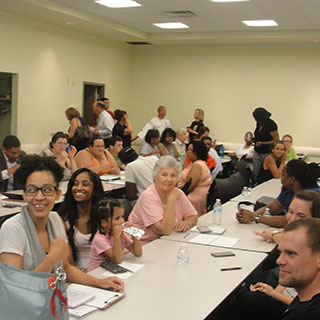 ,
, 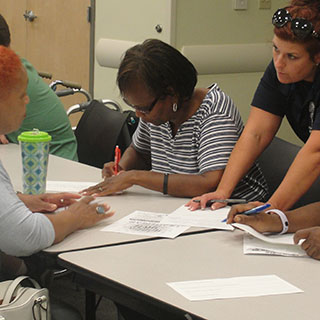 ,
, 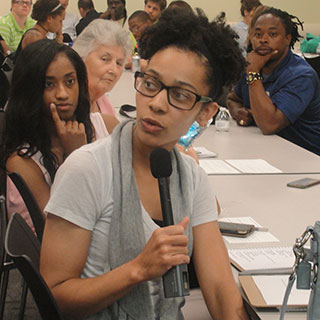 ,
, 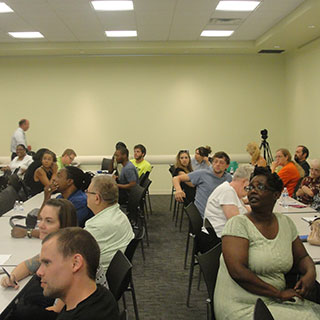 ,
, 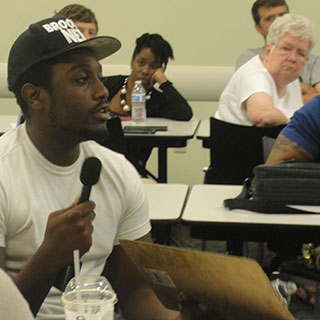 ,
, 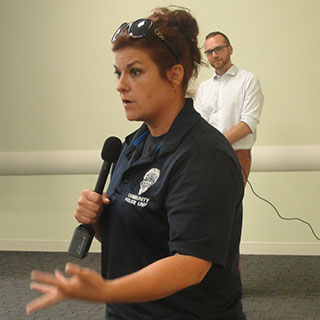
 ,
,  ,
,  ,
,  ,
,  ,
, 
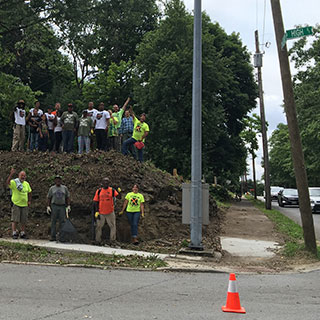 ,
, 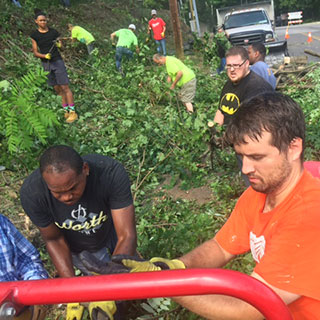 ,
,  ,
,  ,
, 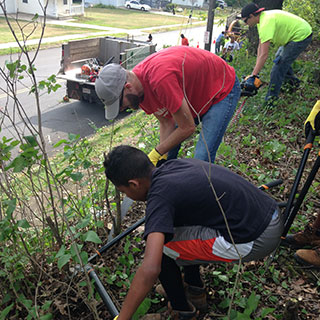 ,
, 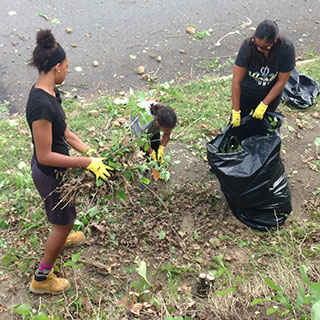 ,
,  ,
,  ,
, 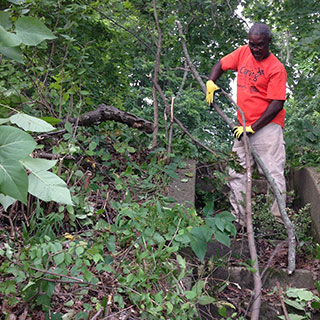 ,
,  ,
, 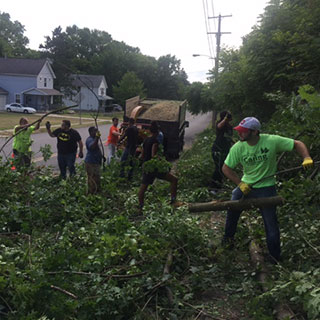 ,
,  ,
, 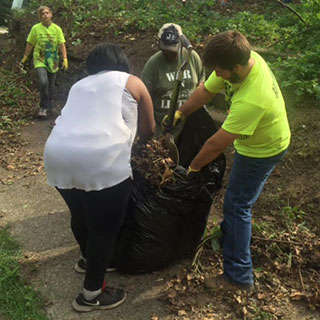 ,
, 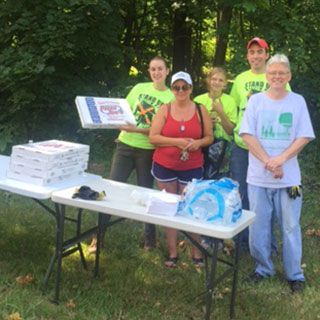
 ,
,  ,
,  ,
,  ,
,  ,
,  ,
,  ,
,  ,
,  ,
,  ,
,  ,
,  ,
,  ,
, 
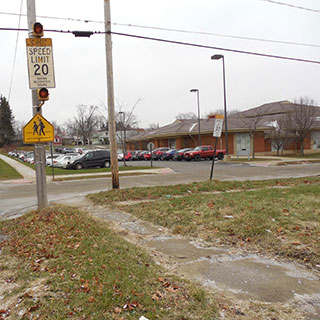 ,
, 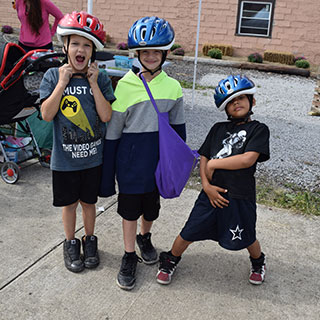 ,
, 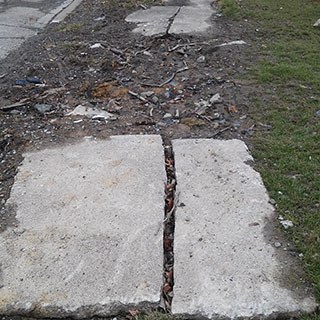 ,
, 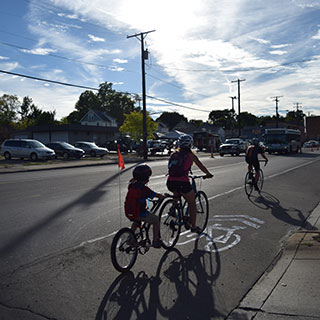
 ,
,  ,
,  ,
, 
